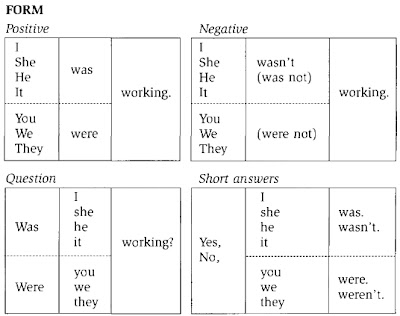ARGUMENTATIVE ESSAY
l Brainstorm ideas on the subject.
l Identify the main topics.
l Use these topics as headings for organising your notes.
l Decide which side you are on i.e. which arguments are most convincing. Make sure you choose the side that you can fully support.
l Plan and write an outline for your essay noting down the information you will include in each paragraph.
Example outline :
Thesis Statement:
Because of its cost, risk and alternatives, the building of nuclear reactors should not be continued.
Topic Sentence 1:
The first problem with nuclear reactors is their cost.
Topic Sentence 2:
Another problem is the serious consequences of accidents.
Refutation:
Some people might claim that there is no real alternative to nuclear power.
Concluding Statement:
In short, although nuclear power is an attractive option, it has too many disadvantages.
“I am tired of being poor, this is humiliating.” A young girl said to herself. She never asked for this poverty fate. She was born in a poor family. She could not own anything that other teens have. I am that young girl. This poverty stopped many people from achieve their dreams. Apart from that, many of these unfortunate teens do not know that they can seek help to improve their life. This poverty can be improved by government giving help through their children’s education, economy welfare and motivation as a self-improvement.
One of the ways for government to reduce poverty among poor people is by giving their children’s education. As we know, education is an essential towards bright future so by giving them the opportunity to learn, they will be able to improve their life. For example, the government provides free text books and school needs to reduce their parent’s burden instead of buying those things. Other than that, the government also needs to provide a house to every student in order for them to take a rest after lunch. Scholarship makes student’s life easier as a large amount of money need to be invested in education nowadays. Hence, the rate of poverty among poor people can be decreased through education.
Besides that, government also take care of poor people through their economy welfare by giving them the jobs opportunity and donations. Usually, jobs opportunity is given based on their education level in order to increase their family’s income rate. However, in order to help the poors, the government also contributes donations such as money, food, and clothes. These necessary things help them to reduce their burden to live their life. Thus, economy welfare is one of the major steps to be taken by government to reduce the poverty among poor people.
Last but not least, poverty can be improved by giving motivation as a self-improvement. The government can conduct a motivation that can change people’s perception towards poverty. This motivation contains activities that improved their poverty life such as involve in agriculture business. Apart from that, the government can help by giving them some additional capital to start their own business. Besides that, teenagers should not think that they are troubling their parents by going to school and asking for educational money. Instead, those teenagers should realize that only education can improve their life better. Therefore, we must use wisely all the contribution that has been made by the government and no matter what, we must set in our mind that this life can be change if we have some effort.
As a conclusion, poverty can be improved in a lot of ways and they should not give up in order to achieve their own dreams. Our society can live much better than yesterday if they know how to use the benefits that had been given from the government. Government should play an important role to curb this poverty issues among our community. Not just that, we should not underestimate and categorize people based on their ways of life. Instead, we should think ahead in order to change our life’s fate.







